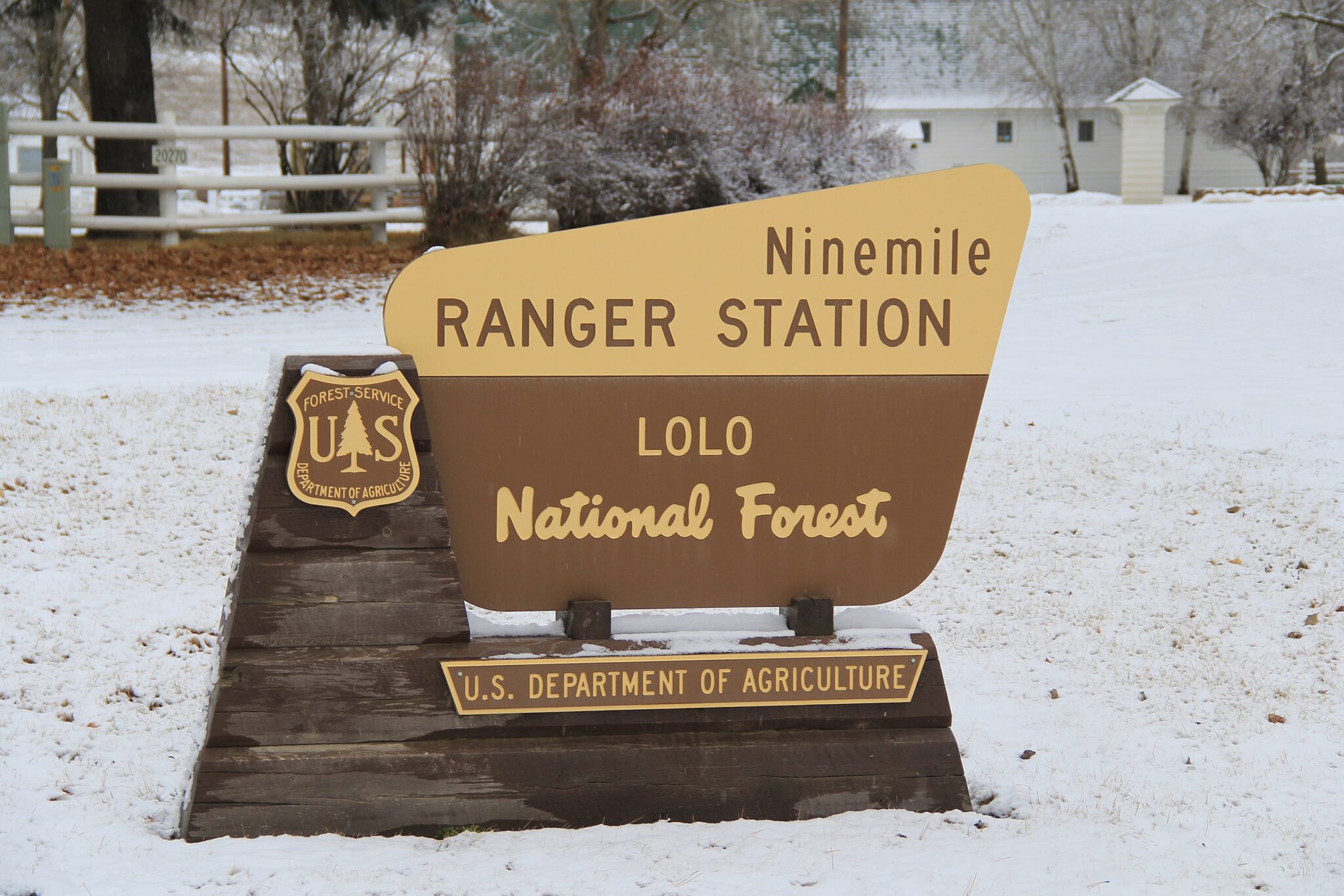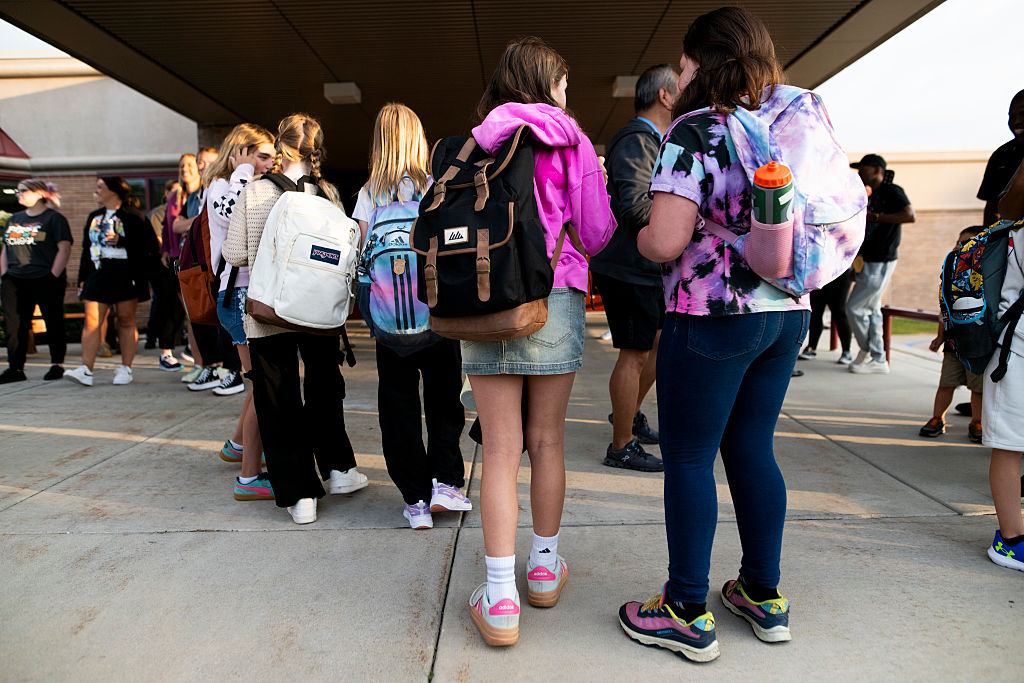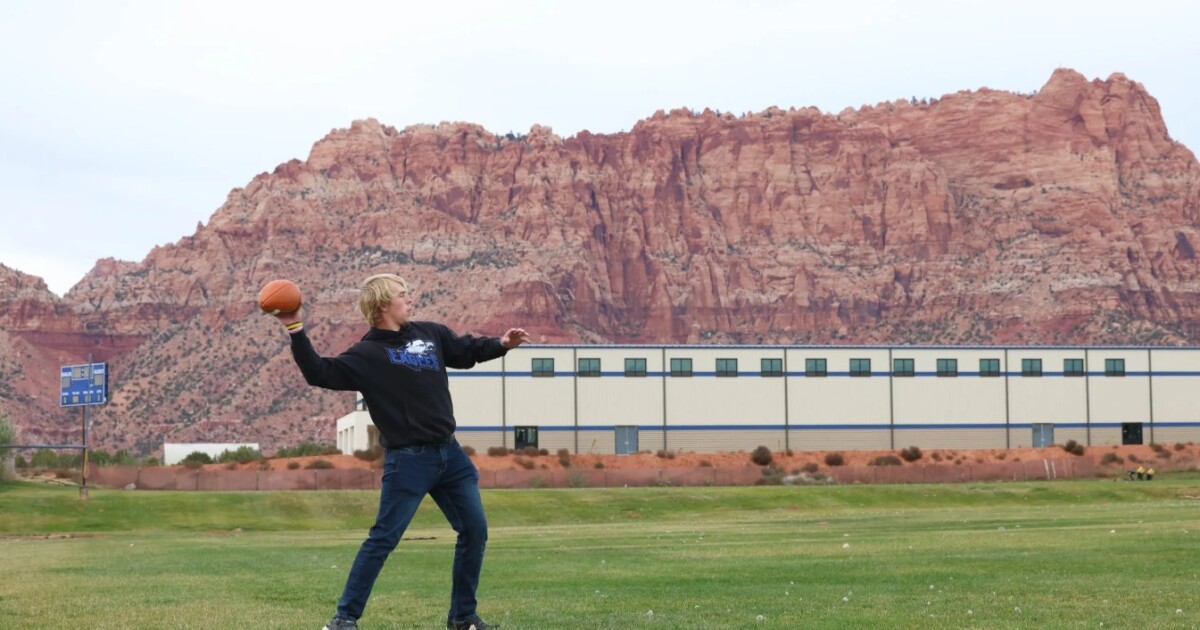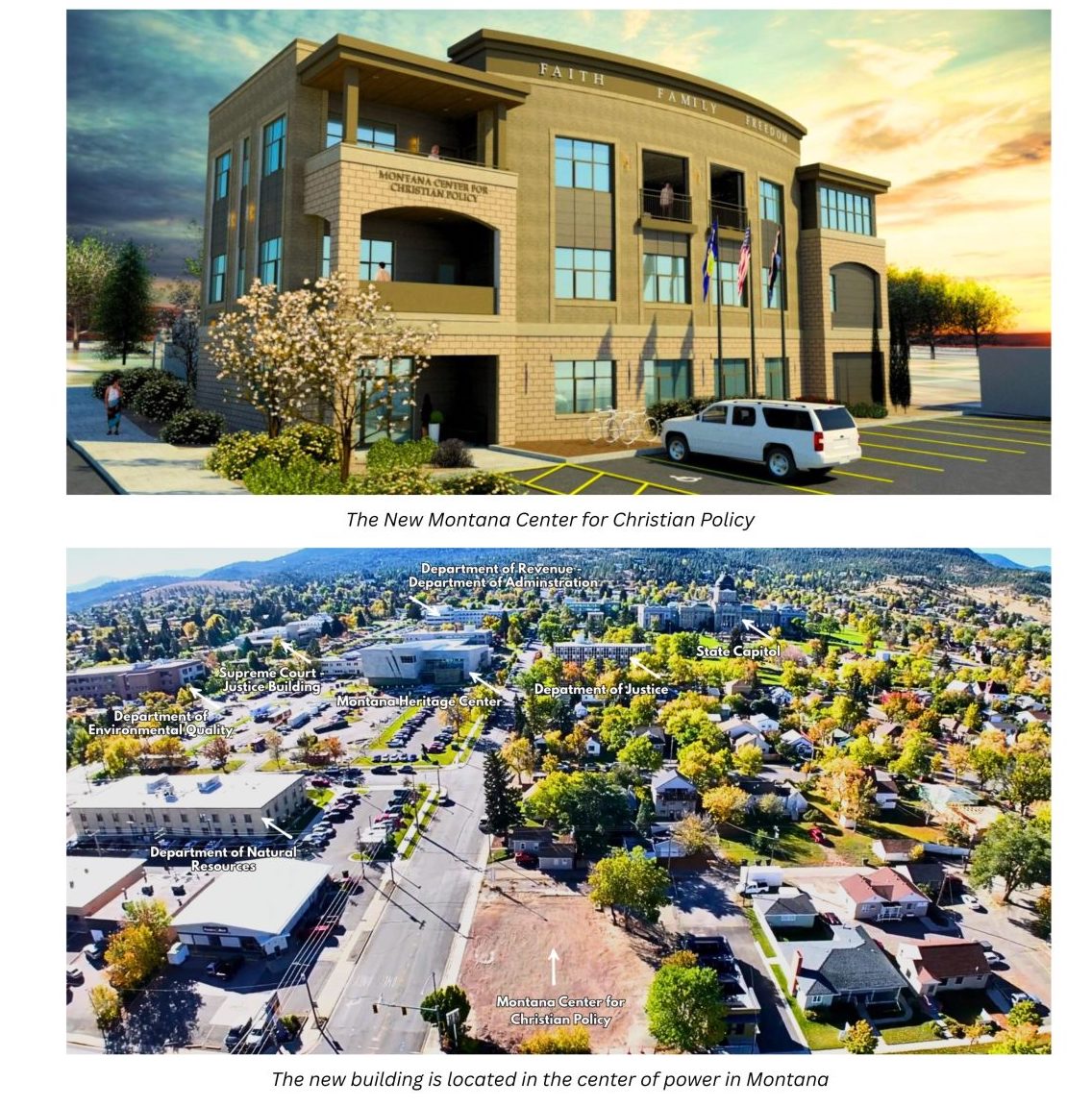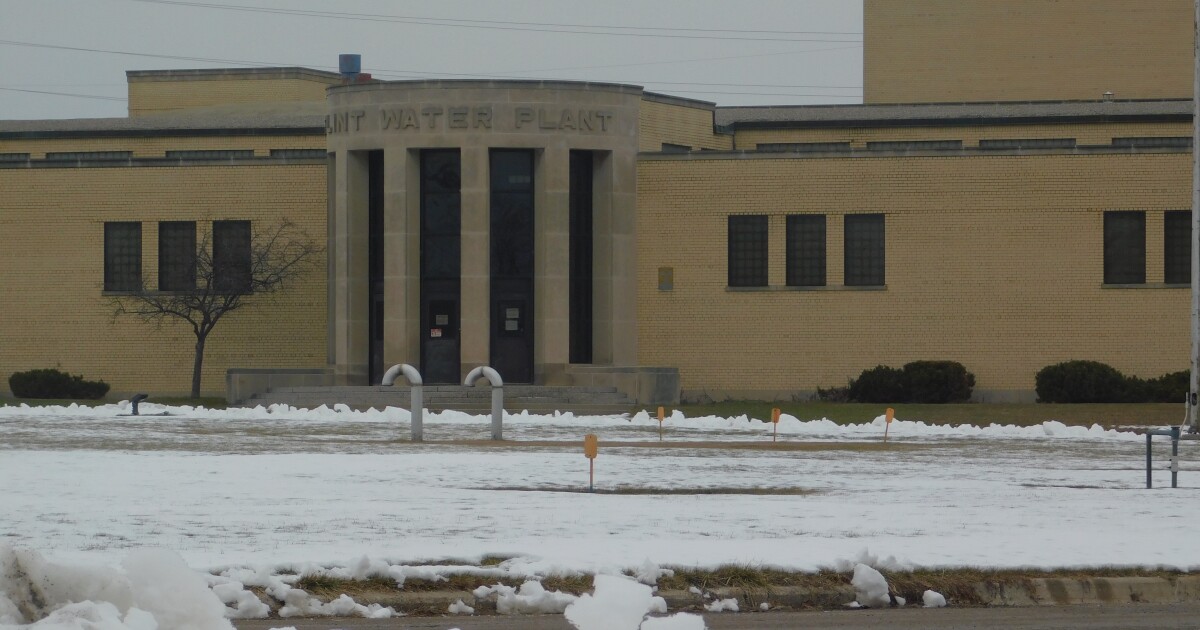
Subscribe to the free Missoula This Week newsletter for updates on Missoula city governance, school meetings, business developments, and upcoming events.
4/4/2025
“Missoula This Week” is reported by Katie Fairbanks. Send news tips to kfairbanks@montanafreepress.org.
Interested in supporting bees and other declining pollinators? A new online tool can guide your efforts. Developed by U.S. Forest Service research ecologist Dean Pearson, Missoula County’s Marirose Kuhlman, and Inspired Classroom’s Alli DePuy, the urban pollinator matrix modeling tool offers insights into how individuals and cities can assist pollinator populations.
Initially designed for Missoula but adaptable for other regions, the tool encourages user interaction. Users can discover how modifying lawn care practices or planting native species impacts pollinators. According to Pearson, “We built a model that is visual and interactive to show local communities how to help pollinators.”
Pollinator numbers are falling globally due to habitat loss, invasive species, and climate change, notes the U.S. Fish and Wildlife Service. Despite rising awareness, strategies like “No Mow May” have mixed results. The model suggests that planting native plants has the most significant positive effect on various pollinators.
Kuhlman explains, “We get a lot of questions about supporting pollinators in yards and gardens. Now we can show that planting native plants is best even with a traditional lawn.”
Pearson highlights that the increase in native plants also benefits local bird populations by providing food and habitat. Cities can become pollinator-friendly environments, with species like bees thriving if food and habitats are available.
Kuhlman, focused on education and controlling noxious weeds, emphasizes the growing interest in native plants for urban areas. “People are starting to understand the importance of planting regionally appropriate plants to support local pollinators,” she says.
The modeling tool can be scaled for other communities and used for broader conservation efforts. “The idea is to create a tool for better conservation outcomes,” Pearson explains.
Following up
Construction progresses on the Scott Street-Ravara housing development, with the first homes emerging at the Northside site. Built on part of the former White Pine and Sash mill site, the development includes 89 condos and townhomes, supporting affordable housing for those earning below 120% of the area median income.
Initial market-rate townhomes aim to fund the community land trust, with completion expected in late 2025. Goodworks Ventures plans additional housing options and seeks commercial tenants, possibly including a grocery store.
Mayor Andrea Davis lauds the project as an example of Missoula’s strategy to transform land purchases into community assets, employing tax increment financing for workforce housing, a milestone since legislation passed in 2023.
5 Things to Know in Missoula
Missoula County commissioners approved $282,300 for a new ambulance bay in Bonner to enhance services. Project Community Connect is providing various free services on April 11 at the Missoula Public Library. Missoula County offers pre-engineered building plans for easier, affordable projects. The city seeks volunteers for several boards, with applications open online. Lastly, the Missoula Downtown Foundation is fundraising for canopy replacement and enhancements at Caras Park.
Photo Op

On Transgender Day of Visibility, approximately 150 supporters gathered at the Missoula County Courthouse. Speakers denounced laws limiting transgender rights in public facilities and sports, with the ACLU of Montana filing suit against House Bill 121. The rally emphasized community solidarity and ongoing activism.
—
Read More Montana News


